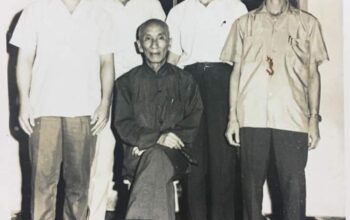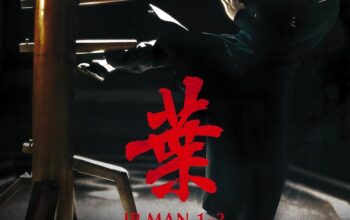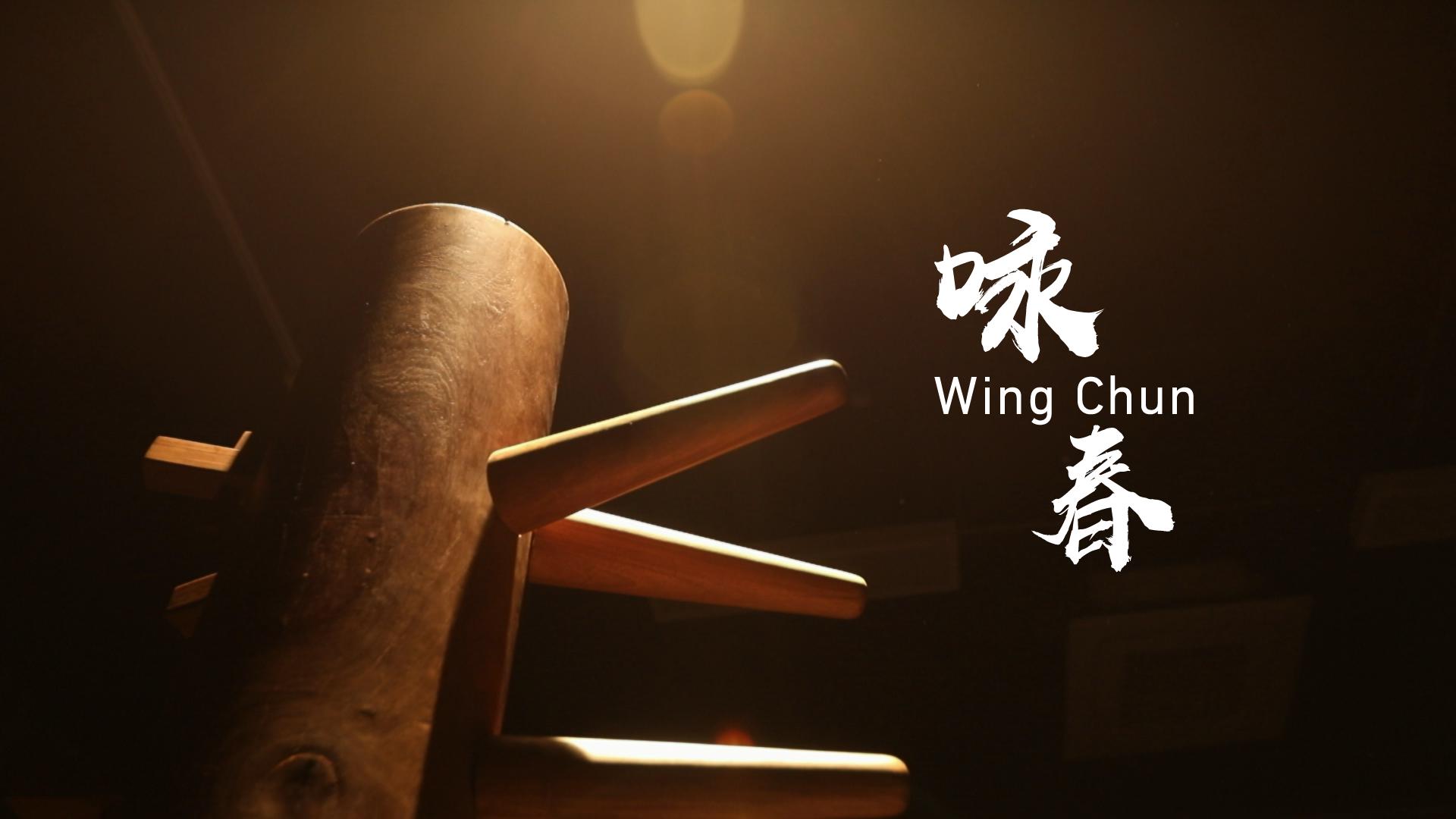The Essential Techniques of Wing Chun: Foundation for Effective Close-Quarters Combat
Introduction
Wing Chun, renowned for its practicality and efficiency, is characterized by a core set of basic techniques that form the foundation of the system. These techniques, rooted in simplicity and directness, enable practitioners to effectively defend themselves in close-quarters combat. In this article, we will explore the fundamental techniques of Wing Chun and their significance in developing a strong skillset.
1. Tan Sao (Palm-Up Block) and Fook Sao (Inside Bridge)
Tan Sao and Fook Sao are two essential hand techniques in Wing Chun. Tan Sao involves the palm facing upward, serving as a defensive block against incoming strikes. Fook Sao, known as the “inside bridge,” is used to redirect an opponent’s attack to create an opening for counterattacks. These techniques enhance sensitivity and promote simultaneous attack and defense, enabling Wing Chun practitioners to efficiently neutralize threats.
2. Bong Sao (Wing Arm) and Jut Sao (Jerking Hand)
Bong Sao is a distinctive technique in Wing Chun that resembles a rising wing-like motion. It serves as an effective block against strikes aimed at the practitioner’s centerline. By redirecting the opponent’s force, Bong Sao allows for swift counterattacks. Jut Sao, or the “jerking hand,” is a sharp and sudden hand movement used to disrupt the opponent’s balance and create openings. These techniques emphasize the use of angles, timing, and sensitivity to control and overcome adversaries.
3. Chain Punches
Chain punches, also known as “straight blasts,” are a hallmark of Wing Chun’s close-range combat. This technique involves a rapid series of straight punches delivered with speed and precision, targeting the opponent’s vulnerable areas. The chain punches are performed with minimal retraction, ensuring a continuous flow of attacks and maintaining pressure on the opponent. This technique showcases Wing Chun’s emphasis on speed, economy of motion, and relentless offensive capabilities.
4. Gum Sao (Pinning Hand) and Biu Sao (Darting Fingers)
Gum Sao is a technique that involves pinning and controlling the opponent’s arms to create openings for counterattacks. It enhances trapping skills and close-quarter control. Biu Sao, or the “darting fingers,” is a fast, powerful finger strike used for devastating close-range attacks. This technique is typically employed when other techniques are not viable or in situations that require urgent self-defense.
Conclusion
The basic techniques of Wing Chun form the core components of its combat system. From the defensive blocks of Tan Sao and Fook Sao to the counterattacking movements of Bong Sao and Jut Sao, these techniques promote efficiency, simplicity, and directness in close-quarters combat. Mastering these foundational techniques provides practitioners with the necessary skills to effectively apply Wing Chun principles in real-world self-defense scenarios.







